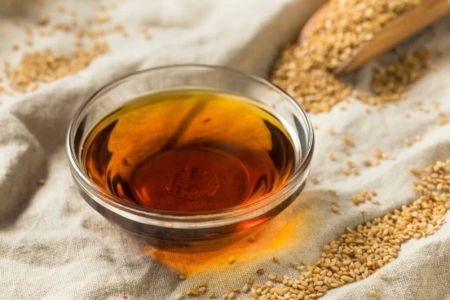How to Create the Perfect Chinese Tea Ceremony at Home
- Introduction
- History of the Chinese Tea Ceremony
- Tools and Equipment Needed
- Choosing the Right Tea
- Steps to Perform the Ceremony
- Tips for an Authentic Experience
- Conclusion
The Chinese tea ceremony is a rich cultural tradition, deeply intertwined with Chinese history and philosophy. It’s more than just brewing a pot of tea; it’s an art form, a spiritual practice, and a means of showing respect to those you share tea with. Learning how to create the perfect Chinese tea ceremony at home is an opportunity to immerse yourself in this ancient tradition. Whether you are hosting guests or simply seeking to appreciate tea in a more meaningful way, understanding the steps involved will elevate the entire experience.
In this guide, we will explore the necessary tools, tea types, and detailed steps to conduct a traditional Chinese tea ceremony, as well as tips to enhance your tea experience. So, if you’ve ever wondered how to create the perfect Chinese tea ceremony at home, read on to discover the art and beauty behind it.
The Chinese tea ceremony is steeped in history, dating back thousands of years. Tea itself was discovered during the Tang dynasty (618–907 AD), and its use gradually became an integral part of Chinese social life. The tea ceremony, particularly as it is understood today, evolved during the Song dynasty (960–1279 AD), where it became more ceremonial and focused on aesthetic appreciation.
In ancient China, tea was not just a beverage but also an offering, imbued with meaning and respect. It was common for tea ceremonies to be held for guests, reflecting hospitality, respect, and the desire to share tranquility and beauty. The modern Chinese tea ceremony remains a way to connect with tradition and foster mindfulness in daily life.
To perform a Chinese tea ceremony at home, certain tools and equipment are essential for an authentic experience. These items not only aid in the brewing process but also reflect the ceremony's spiritual and aesthetic values. Here are the key tools you'll need:
- Teapot (Yixing or Gaiwan): A high-quality teapot is vital for brewing Chinese tea. Traditional Yixing teapots made from clay or a Gaiwan (a Chinese covered bowl) are often preferred for their heat retention and ability to bring out the best flavors of the tea.
- Tea cups: Small cups are used to serve the tea. The size of the cup should be modest, allowing the drinker to savor the tea in small sips.
- Tea strainer: A tea strainer ensures that no loose leaves end up in your cup.
- Tea tray: A tray is used to hold all of the tools and to catch any excess water that spills during the pouring process.
- Tea towels: These are used to wipe your teapot and cups, keeping them clean and dry.
Choosing the right tea for your ceremony is crucial. Chinese tea is generally divided into six categories: green tea, black tea, oolong tea, white tea, yellow tea, and pu-erh tea. Each type of tea offers distinct flavors and aromas, and the selection will depend on your personal preference and the ceremony's intent. Here’s a breakdown of the popular choices:
- Green Tea: Known for its light, refreshing taste, green tea is ideal for a gentle ceremony. Popular varieties include Longjing (Dragon Well) and Bi Luo Chun.
- Oolong Tea: Oolong is a semi-fermented tea that provides a balance between green and black tea. It’s a good choice for those looking for a more robust flavor.
- Pu-erh Tea: This fermented tea is known for its earthy flavor and is often served in more formal settings.
- White Tea: With a delicate and floral taste, white tea is perfect for those who enjoy subtle flavors.
Performing the Chinese tea ceremony involves several distinct steps that require patience, precision, and respect for the tea. Here are the basic steps:
- Prepare your tools: Set out your teapot, cups, strainer, and tray. Ensure everything is clean and ready to use.
- Warm your teapot: Pour hot water into the teapot and swirl it around to warm it up. This helps maintain the temperature of the tea during brewing.
- Rinse the tea leaves: Briefly rinse the tea leaves with hot water to cleanse them and enhance their aroma.
- Brewing: Add the tea leaves to the teapot, then pour hot water over them. Steep for the recommended time, usually 30 seconds to 2 minutes, depending on the type of tea.
- Serve: Pour the tea into the cups, making sure to do so gently and respectfully. If serving multiple guests, always pour for others before filling your own cup.
For a truly authentic Chinese tea ceremony at home, consider these additional tips:
- Use high-quality tea leaves: Invest in premium tea leaves for the best flavor and experience.
- Focus on ambiance: Create a calm and peaceful environment with soft lighting, minimal distractions, and calming music.
- Practice mindfulness: The tea ceremony is as much about mindfulness as it is about the tea itself. Take your time to appreciate the beauty of each step.
Creating the perfect Chinese tea ceremony at home is a rewarding experience that can help you connect with a rich cultural tradition and appreciate the finer things in life. By following the steps and tips outlined in this guide, you’ll be able to host a tea ceremony that’s not only authentic but also deeply meaningful. Whether you're introducing guests to this ancient practice or simply enjoying a quiet moment alone, the art of Chinese tea ceremony offers something for everyone.
If you're ready to enhance your tea experience, consider exploring a variety of high-quality teas and accessories. For the best selection of tea tools and products to complete your ceremony, visit Chinese Food.


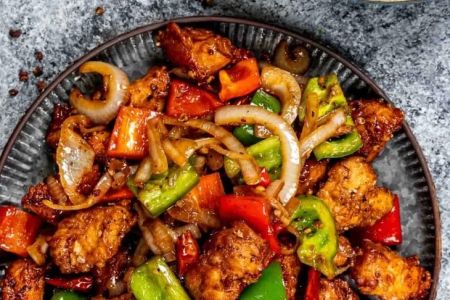
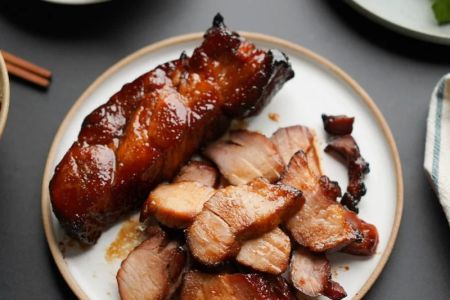
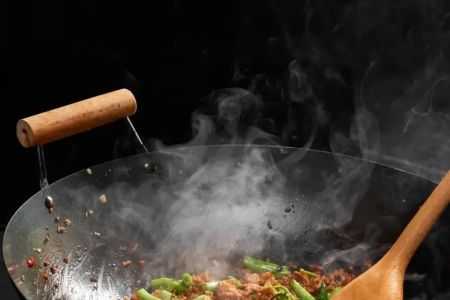
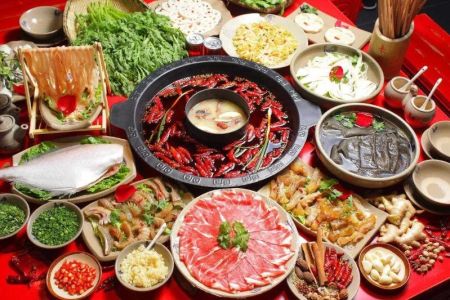
![Top Chinese Restaurants for Authentic Cantonese Cuisine in [Your City]](https://img.gochinarose.com/d33/2507/4157910400_450x300.webp)
